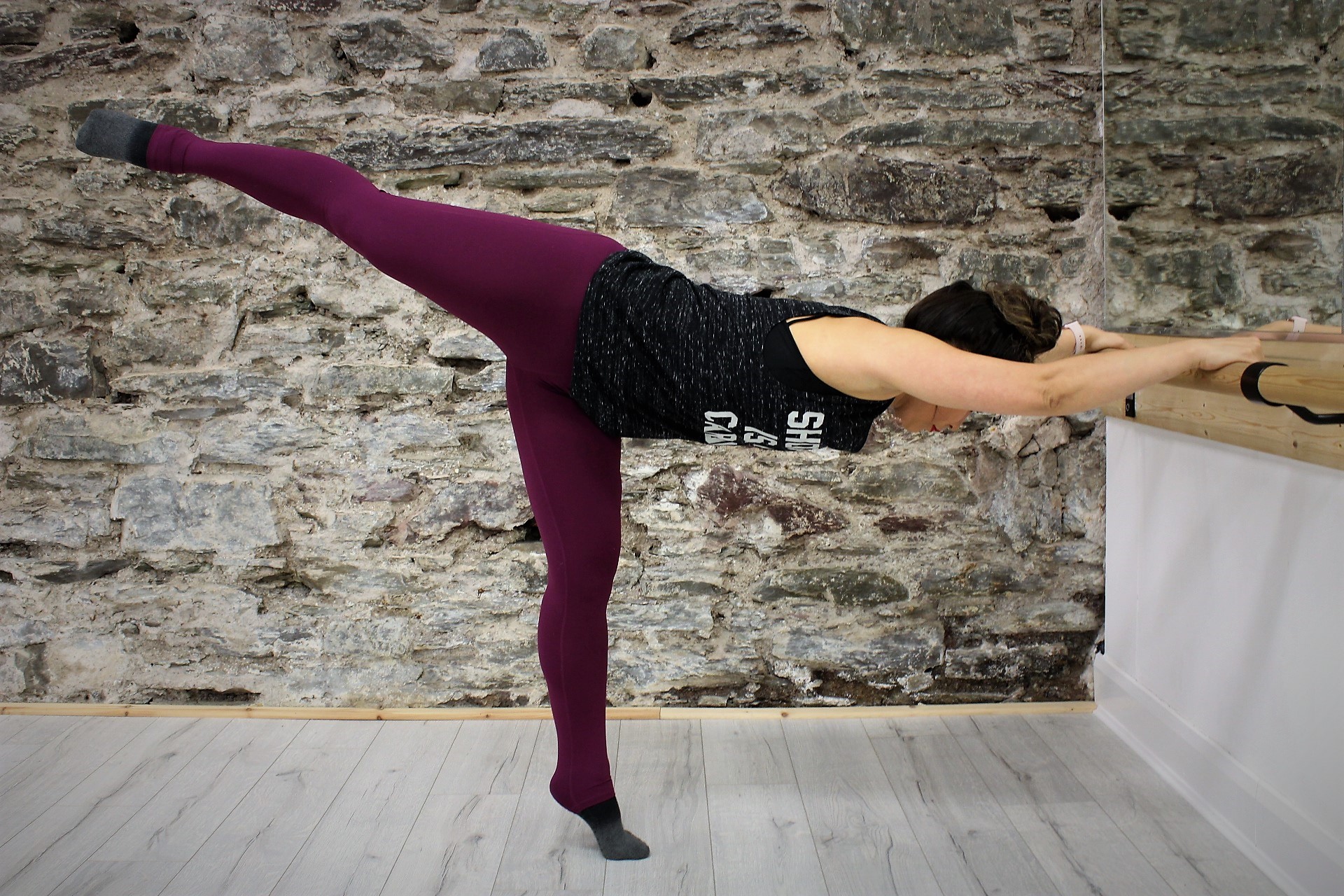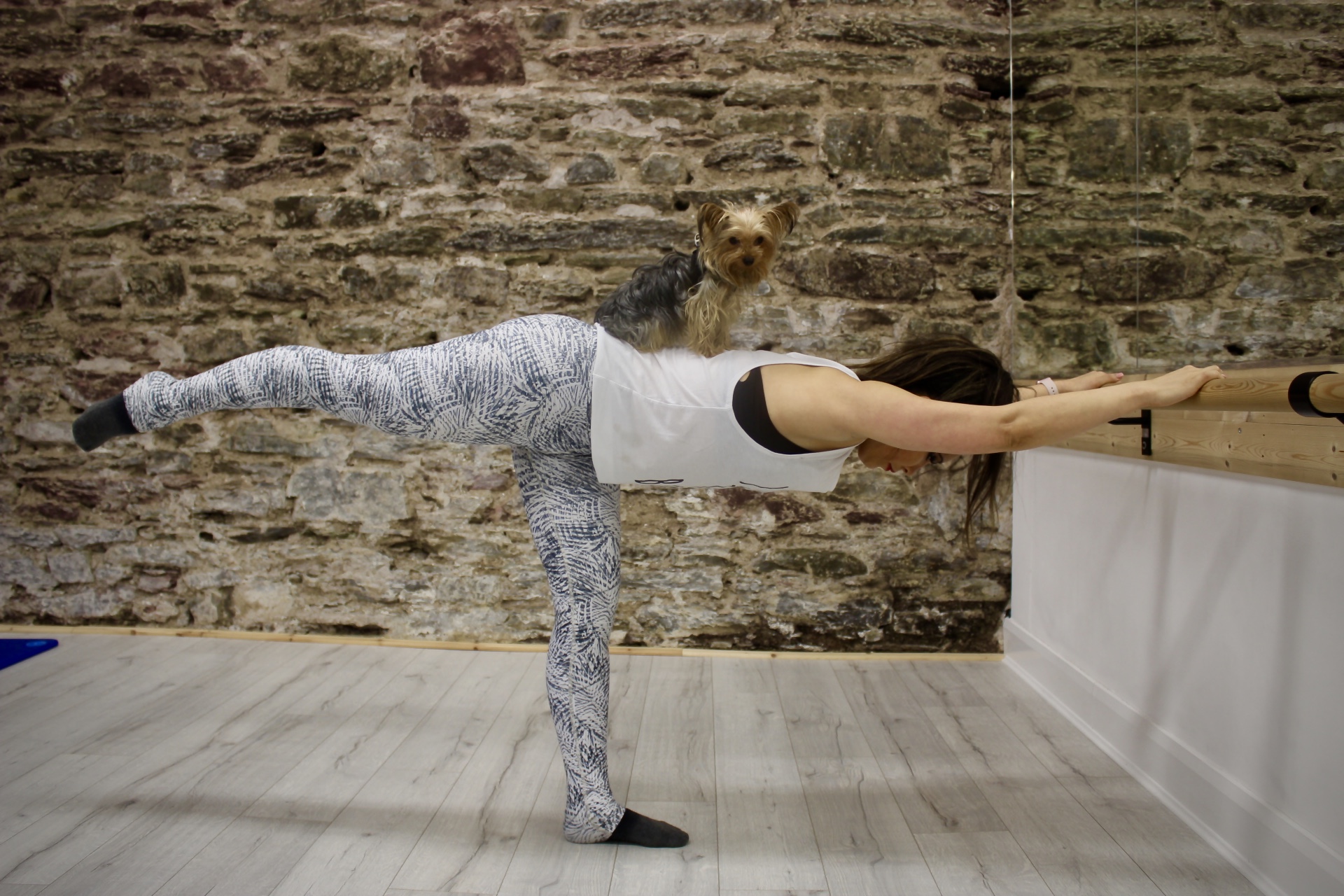Throughout business school and my work in both management and consulting, a very popular and often invoked truism has been “what gets measured gets managed.” And while in those settings this has usually been in the context of devising specific ROI targets, service level agreements, or key metric performance trending, the same concept can be applied across a broader spectrum within our own lives. When we monitor and track our actions we usually do a much better job at managing them whether it’s our eating, sleeping, exercise, spending, etc. By tracking and measuring our activities, we raise our level of self-awareness which can increase our resolve and self-control and allow us to make changes accordingly. Countless studies have demonstrated how grossly inaccurate we are when we estimate. Apparently to a shocking extent we underestimate how much we eat, how much time we spend watching TV, or how much money we spend on small convenience purchases and overestimate how much exercise we do and how much time we spend working, doing household chores, or with our loved ones. Naturally we like to give ourselves credit for the good habits we have and exaggerate the time, energy and effort spend on the things both the things we do and do not enjoy. Although monitoring, in and of itself, doesn’t actually change a behavior, it can have a dramatic impact on our habits and actions because it forces us to face the music and stop fooling ourselves. And my own experience with my recent Time Use self-experiment did in fact just that, it made me much more conscious of what I am doing and how I am investing (or squandering in some cases) my energy and time. Not only that, but it also required me to be a bit more mindful, conscious, and focused which helped to prevent long periods of being on autopilot or going through the motions.
Running on autopilot is one of the most disconcerting feelings. I can recall many times that I have gone from Point A to Point B without any recollection of what happened in between. This is especially scary if this happens, as it often does, when you are driving. My father once told me that 90% of accidents occur within a 10 mile radius of one’s home – a skewed statistic because you are of course going to spend the bulk of the time on the road within that radius anyway, but still point taken. We often switch off from the immediate present, simply going through the motions and shift to ruminations of the past or anxiety and thoughts about the future. Tracking what I was doing in 15 minute intervals throughout the day made me much more conscious of what I was doing. It is easy to say retrospectively that I was working on a presentation for an hour, but in reality I had spent 10 of those minutes going downstairs for a snack, another 5 minutes playing around on my phone once I finished that snack, and still another 5-7 minutes checking and responding to emails, none of which were urgent. All those little breaks and distractions add up and although I am not too stressed about losing that 15-20 minutes or so in this case, had I not been consciously monitoring this, if you were to ask me later how I spent that hour I would have said it was working. And that could become an issue if I later complained about not having enough time to complete the project.
I really like monitoring and found it wasn’t too hard to record the details of my time use throughout the 5 weeks, but even though I was focused on this, there were a still few blocks of time when I found I really had absolutely no recollection or idea about what I was doing between 1300 – 1330 on Monday. Sometimes this was because I was mindlessly scrolling through my phone and lost track of time and sometimes I really just couldn’t pinpoint what I was doing. Other times I would find myself listening to a podcast while I was cooking or even just walking and would need to rewind it multiple times because I had become distracted and rather than listening to the message was just using it as background noise. It can be challenging to stay mindful, conscious and focused. Unfortunately, talking to Jon while I compose an email hardly constitutes quality time. I love multitasking and pairing/using alignment of activities whenever possible, but many things do not lend themselves to that and usually the best way to get the most out of almost anything is to be present and invested in whatever it is that you are doing. Focusing and staying concentrated on the task at hand is critical to making the most out of your time and to yielding better results.
And this is one the most important things that barre has taught me throughout the years. In one of the first classes I took I remember the instructor telling us to try to shut out all the distractions of what was going on outside of the studio, what we had just done before and what we had to do next and focus on being fully present for the next 55 minutes. Only a few weeks later in a thigh sprint, I realized that in that moment I was allowing my mind to totally wander, not pushing past the mild discomfort into the work zone, and consequently diminishing the effectiveness of the exercise (and effectively wasting my time and money spent on the class). Because the work that we do in barre requires a mind-body connection, you will really notice that what you get out of it is what you put into it – which means avoiding autopilot. Starting out, things are challenging and even a bit overwhelming, but once you become familiar with the class format and the art of tucking, you can reach a plateau if you are just going through the motions. Although it is easy to zone out or assume you know what you are doing as you become more comfortable with something, you really lose a lot when you stop pushing yourself to connect deeper, isolate the targeted muscle and stretch yourself to the limits. No matter if it’s at the barre, at work, around the house, or with your friends and family, in order to make the most of your time, money and efforts it is well worth the disconnection from autopilot. Don’t just go through the motions – your time is much to precious for that!






4 Comments
Doug Postlewait
I enjoy reading your blog. I find the message is something I can take and immediately apply to improve myself that day. Thank you.
Pingback:
Pingback:
Pingback: